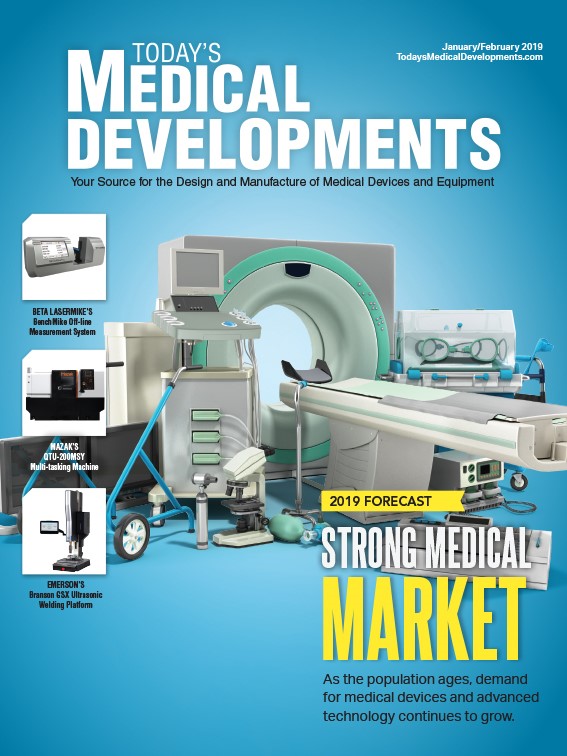
PHOTO COURTESY INSACO

Modern technical ceramics offer unique material properties and features, compared to metals and plastics – typically high hardness, good wear resistance, high compressive strength, and minimal susceptibility to extreme chemistry.
Some ceramics, such as a chemical vapor deposition (CVD)-produced silicon carbide, exhibit high thermal conductivity, along with electrical conductivity, which allows EDM machining. Aluminum nitride also has high thermal conductivity but acts as an electrical insulator.
When developing an application for ceramics, working with material experts early in the design process is critical to understanding these properties.

Technical ceramic challenges
Technical ceramics, such as alumina or zirconia, can be produced by pressing powders and firing to create a green fired ceramic. This material is soft, so adding holes, flats, or other features is simple and cost-effective using single-point turning operations.
The next step is sintering. This process causes the part to shrink, making it difficult to hold high-accuracy tolerances or sizes. If high precision is required, machining must be done after the material has been fully fired. This is typically tolerance- and feature-driven and can add considerably to the cost.
Fully-fired technical ceramics are machined by time-consuming grinding processes, using tools or wheels that have diamonds embedded into a matrix of metal or glass. Tight tolerances, surface finish improvements, and polished surfaces can be achieved by using diamond suspended in a liquid (slurry).
Medical applications
Many high-end medical applications, such as heart pumps (LVADs), benefit from the durability of precision, biocompatible mating parts. Known for their long service life, without the concern of contamination or wear, ceramics offer a solution. For example, sapphire, the single crystal version of aluminum oxide, is transparent and can be fabricated into completely inert, wear-resistant precision windows and lenses for endoscopes.
An added benefit is that medical ceramics can withstand the rigors of sterilization.
Insaco has been working with these materials for more than 70 years. Our experience suggests that these materials are selected because of need, given the design considerations. While we recommend alternative materials be considered, a design engineer should always keep technical ceramics in mind. The material properties of ceramics often make them the only possible choice.

Explore the January February 2019 Issue
Check out more from this issue and find you next story to read.
Latest from Today's Medical Developments
- Lumetric's Scanning Tubing Measurement System
- Latest advancements in machine tool technology
- Visit Okuma America at IMTS 2024
- March 2024 USMTO orders were $354.7 million
- AM for Aircraft Cockpit Interior Components
- Arizona WearTech Center member receives new patent
- SABIC showcased progress in plastic innovation
- Ink for 3D-printing flexible devices, no mechanical joints





